Assorted end of the season pepper questions
bella_trix
16 years ago
Related Stories
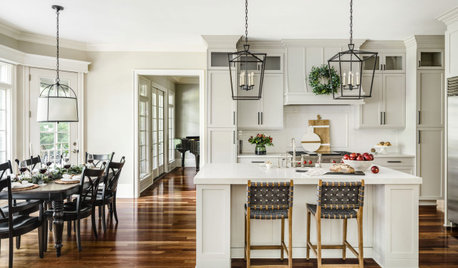
HOLIDAYSMake Your Checklist for Entertaining Season
Tailor this master list to help you set the scene — and table — for the holidays
Full Story
FARM YOUR YARD9 Ways to Change Up Your Vegetable Garden for the Coming Season
Try something new for edible plantings that are more productive than ever
Full Story
PLANTING IDEASStretch the Budget, Seasons and Style: Add Conifers to Your Containers
Small, low-maintenance conifers are a boon for mixed containers — and you can transplant them to your garden when they’ve outgrown the pot
Full Story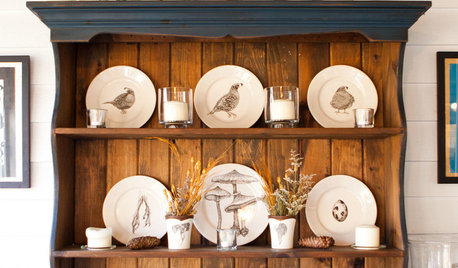
KITCHEN STORAGESmart Storage: Make the Most of Your Hutch
End the “Where are those ... ?” conundrum by storing seasonal and everyday items in a well-organized hutch
Full Story
MOST POPULARHow High Should You Mount Your TV?
Today we look at an important question to consider when locating your television: How high should you set it?
Full Story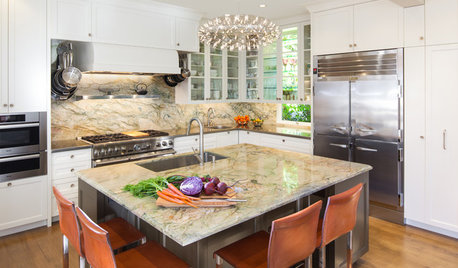
KITCHEN DESIGNKitchen of the Week: Elegant Updates for a Serious Cook
High-end appliances and finishes, and a more open layout, give a home chef in California everything she needs
Full Story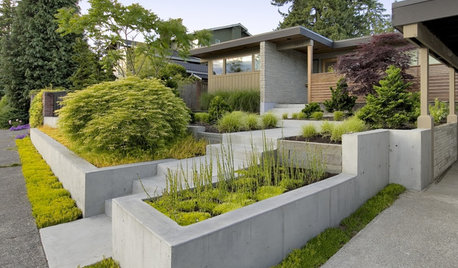
LANDSCAPE DESIGNGarden Walls: Pour On the Style With Concrete
There's no end to what you — make that your contractor — can create using this strong and low-maintenance material
Full Story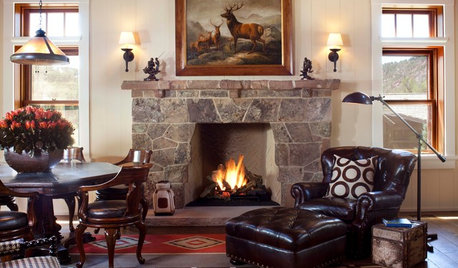
HOUZZ TV FAVORITESHouzz TV: Flickering Virtual Fireplaces to Warm Your Heart
Sit back and enjoy a crackling fire set to seasonal music and surrounded by ideas for your own dream living room
Full Story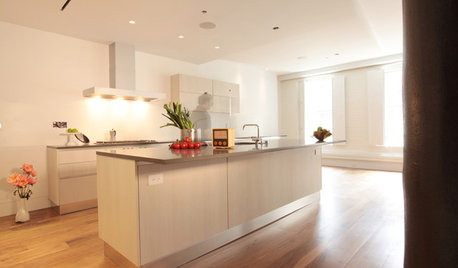
KITCHEN DESIGNHow to Become Friends With the Kitchen Again
Get ready for cooking season with music, cookbooks, light, herbs in the window sill and more
Full Story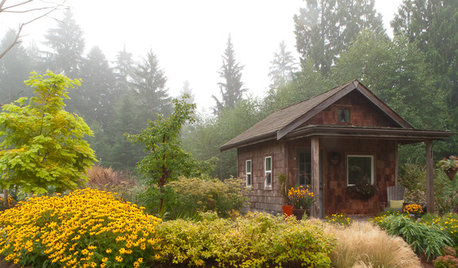
PLANTING IDEASGreat Garden Combo: A Fall Landscape Scene That Lasts
Span the seasons with trees, shrubs and grasses that offer color and texture in abundance
Full Story





dangould
ardnek710
Related Professionals
Reading Landscape Architects & Landscape Designers · Marco Island Landscape Architects & Landscape Designers · Mountain Brook Landscape Architects & Landscape Designers · Norton Shores Landscape Architects & Landscape Designers · Salisbury Landscape Architects & Landscape Designers · Waterbury Landscape Contractors · Aloha Landscape Contractors · Annandale Landscape Contractors · Chesapeake Ranch Estates Landscape Contractors · Laguna Hills Landscape Contractors · Wareham Landscape Contractors · Welby Landscape Contractors · Sun Valley Landscape Contractors · Crowley Landscape Contractors · Westmont Ironworkbella_trixOriginal Author
John A
ardnek710
John A